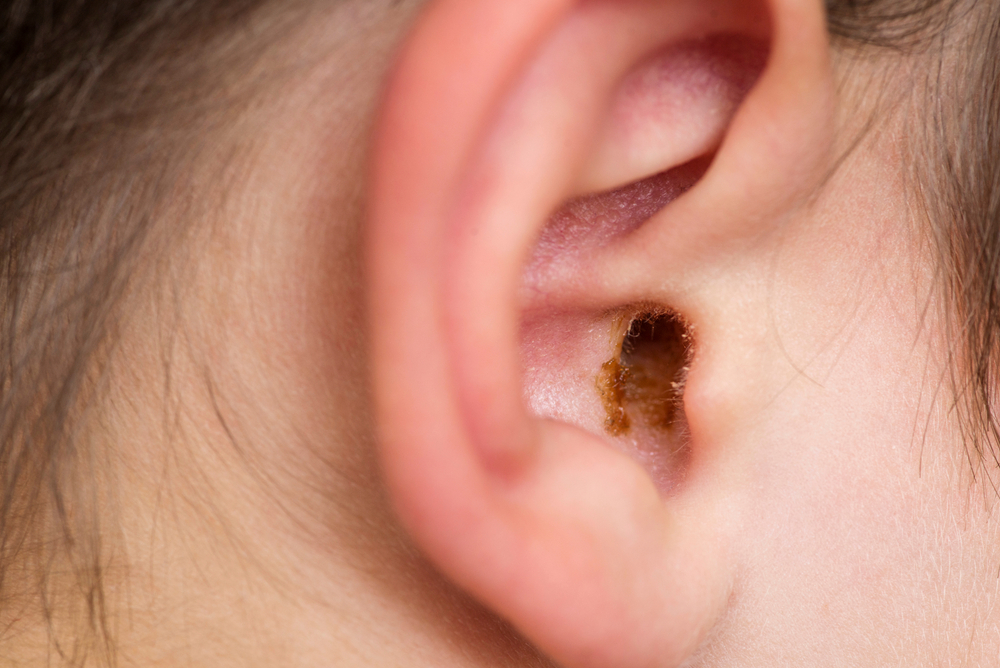
Chances are, earwax and its accumulation haven’t been subjects of significant contemplation for you, except perhaps during ear hygiene sessions. Still, it’s essential to have an understanding of its purpose and how it forms.
What triggers the accumulation of earwax?
Earwax, also technically called cerumen, is composed of a mix of sweat, skin particles, hair, debris, and ceruminous gland secretions. Earwax will appear as a waxy substance that will usually be yellow, orange, brown, or even grey.
In most situations, kids tend to generate more earwax than adults. Moreover, adult earwax is usually darker and denser compared to that of children.
Earwax gets discharged or washed out after passing the outer ear canal and reaching the opening of the ear.
Why is earwax essential?
Here are a few crucial functions that earwax serves:
- Acting as a protective barricade against outside irritants such as dirt, dust, and other foreign particles before they infiltrate deeper into the ear.
- Fending off potential infections that might occur within the ear canal.
- Safeguarding and moisturizing the skin lining the ear canal, thus preventing dryness and itchiness.
Earwax blockages
Typically, there’s no critical need to remove earwax from your ears unless it becomes impacted, a prevalent issue associated with earwax. Impacted earwax can stem from narrow or unusually shaped ear canals hindering the normal movement of earwax toward the ear’s periphery.
Poor ear hygiene methods, like using cotton swabs or bobby pins, can unintentionally force wax deeper into the ear canal.
Earwax blockages are often experienced by people who often use earplugs, earbuds, or hearing aids.
How excessive earwax can affect hearing
The presence of earwax blockages may yield slight discomfort and impact auditory health.
In addition, significant buildup of earwax can induce tinnitus, a sensation of ringing in the ears.
Acoustic trauma may lead to long-term hearing impairment, perforated eardrums, and long-term hearing loss if earwax blockages go neglected.
Addressing impacted earwax
If you think you have an earwax blockage, consulting us immediately is essential. Depending on the extent of the obstruction, you might be advised to use over-the-counter wax softening drops or a bulb syringe for delicate irrigation to relieve the condition.
If you’re concerned about your earwax buildup, call us right away to schedule an appointment.